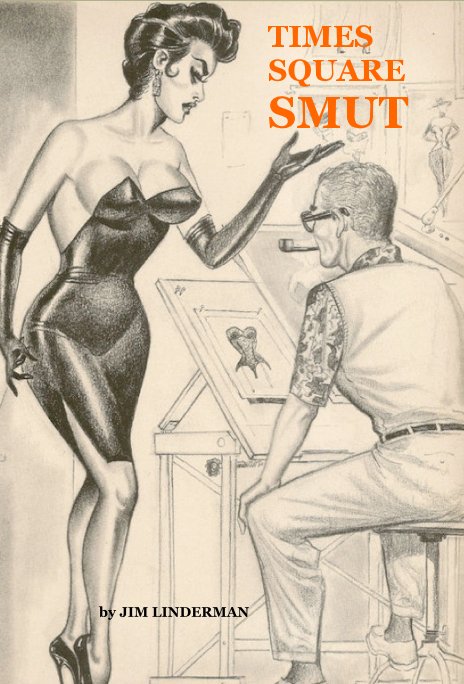À propos du livre
IN 1959, Edward Mishkin was arrested and 72 of the books he had published (or sold) were confiscated for obscenity. Mishkin sold the books in several Times Square bookstores he owned. The Supreme Court of the United States Upheld his conviction and the books disappeared into evidence boxes and attics. 50 years later collector Jim Linderman decides to find them. Eugene Bilbrew, an African-American artist drew many of the covers. He would overdose on 42nd Street. Other artists who worked in the same scene at the same time are Eric Stanton, who shared a studio with Steve Ditko, creator of Spiderman and Joe Shuster of Superman Fame. Along with Mishkin, there were two other smut producers in New York. Leonard Burtman, fetish publisher and Irving Klaw, who photographed Bettie Page. 250 pages with HUNDREDS of illustration not seen in over 50 years, and then not really seen at all. Available in Instant PDF Download, Paperback and Hardcover.
Caractéristiques et détails
- Catégorie principale: Livres d'art et de photographie
-
Format choisi: 15×23 cm
# de pages: 250 - Date de publication: févr 28, 2015
- Langue English
- Mots-clés Bettie Page, Times Square, Popular Culture, Bilbrew, Censorship, The Deuce, 42nd Street, Obscenity, Pornography, The Fifties, vintage sleaze, Irving Klaw, Edward Mishkin, Leonard Burtman, Exotique, Pin Ups, Risque, Cross-Dressing, Fetish Drawings, Cartoonists, artists, Paperback Books, Collectors and Collecting, erotic art, fetish art, Femdom, Organized Crime, Joe Shuster, Comic Books, History
À propos du créateur
Jim Linderman BOOKS SCROLL DOWN to PREVIEW or ORDER! "disclosing an underground history of American popular culture one oddball tale at a time" John Strausbaugh in The New York Times "...wonderful, extraordinary, fascinating, remarkable and profound" Fans in a Flashbulb International Center of Photography Museum 2016 "Dull Tool Dim Bulb is always worth a visit" THINGS Magazine 2016 "Linderman acknowledges the obscure at the same time that he elevates it.... His collections tell vast stories in sotto voce, allowing curios and objects shadowed by mainstream culture and ideology to converse and be heard. What we hear is an enormous American sub-culture speaking in forbidden, marginalized languages: stuff discovered boxed in the attic out of embarrassment or zealotry, smutty ash trays crowing next to religious pamphlets, each claiming a part of the complex, sometimes contradictory, always conflicted American imagination, a chaos of memories that will one day vanish." Joe Bonomo


